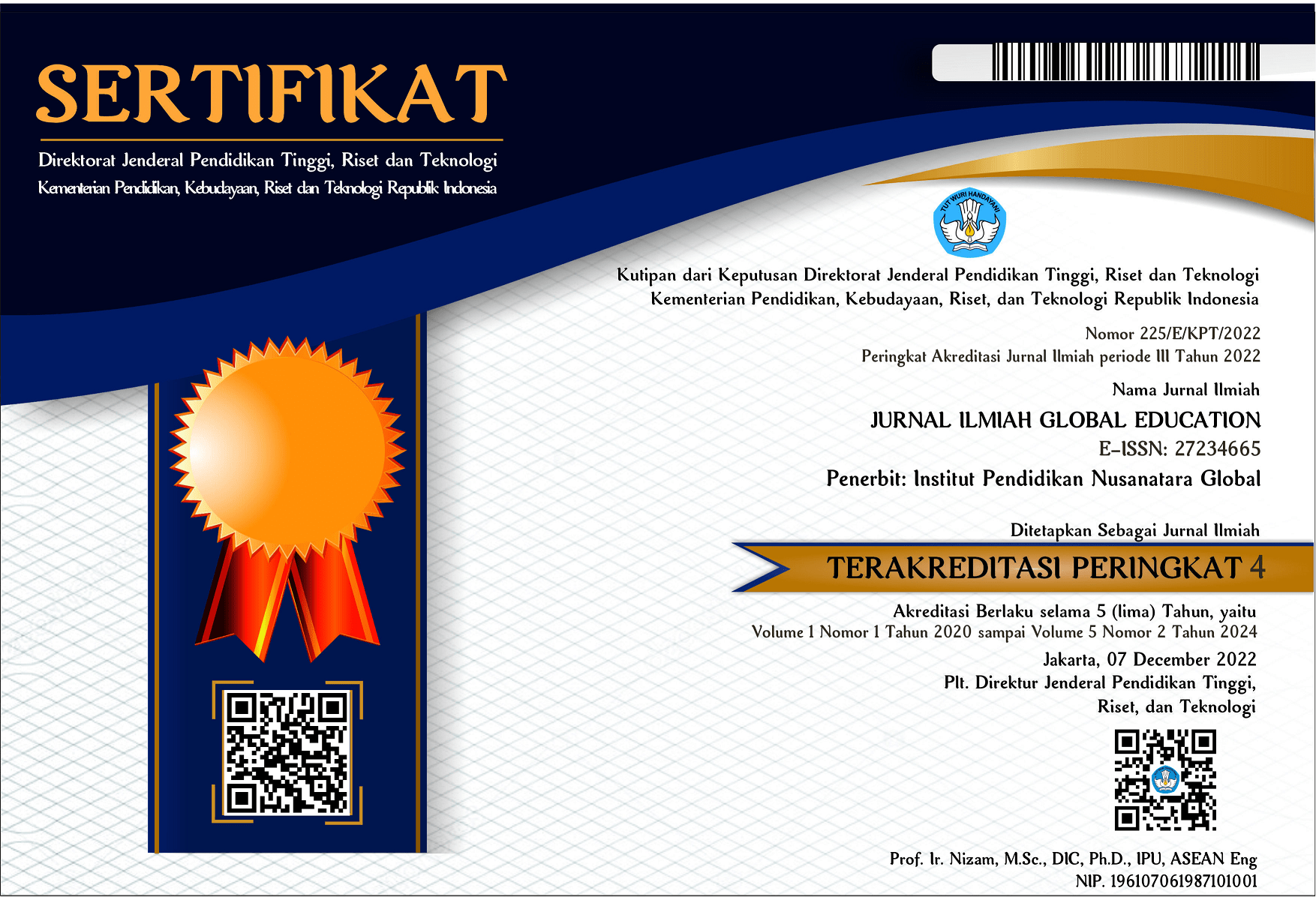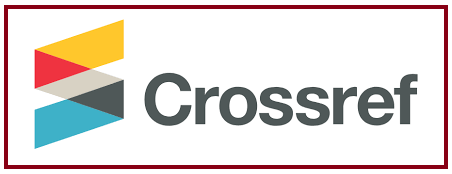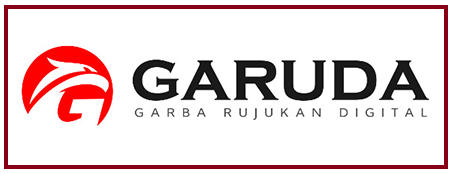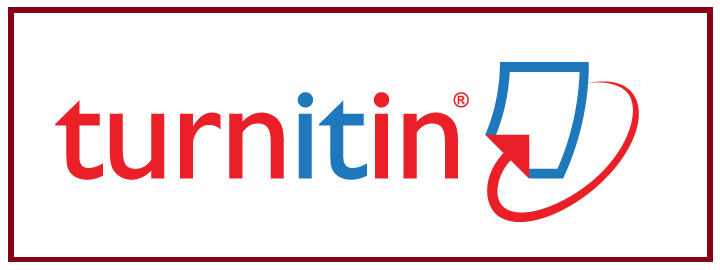SELF AND PEER-CORRECTION TECHNIQUES IN TEACHING WRITING
DOI:
https://doi.org/10.55681/jige.v3i2.268Keywords:
self-correction, peer-correction, writingAbstract
This quantitative study aimed at finding out the effectiveness of self and peer-correction techniques in teaching writing at the twelfth graders of MAS Muallimin NW Boro Tumbuh in the academic year 2022/2023. The samples of this study were taken through random sampling technique consisting of 25 students. The data were collected from pre-test and post-test. The gained data were analyzed using descriptive statistics and paired sample t-test. This test was administrated to know answer the hypothesis. The result of the study indicated that self and peer-correction technique was significantly effective in teaching writing for the twelfth graders of MAS Muallimin NW Boro Tumbuh in the academic year 2022/2023. This can be seen from the result of the students’ mean score in the pre-test and post-test. In the pre-test, the mean score was 8.07 with the standard deviation 1.809. In the post-test, whereas, the mean score was 9.77 and the standard deviation was 2.221. The result proved that the pre-test was lower than the post-test. In addition, the hypothesis testing showed that the alternative hypothesis was accepted. In a nutshell, the self and peer—correction technique is an advisable technique to apply by the English teacher in their writing class.
Downloads
References
Andrade, H., and Du, Y, (2007). "Student Responses to Criteria Referenced Self-Assessment. Assessment and Evaluation in Higher Education". Educational Administration & Policy Studies Faculty Scholarship, 32(2), p159-181.
Brown, H. Douglas, (2001). Teaching By Principle An Interactive Approach To Language pedagogy. San Fransisco:Sanfransisco State University.
Cohen, A.D, (1994). Assessing Language Ability in the Classroom. 2nd Edition. Boston: Heinle&Henle.
Creswell, J, W. (2014), Research Design: Qualitative, Quantitative and Mixed Methods Approaches: Fourth edition. Thousand Oaks, CA: Sage Publications.
Dewi, N, K, Suci, (2020). The Effect of Self and Peer-Correction Techniques on Students’ Writing Competency. Lingua Scientia, Vol. 27 No.1, June 2020.
Harmer, J. (1991). The Practice English Language Teaching. New York: Longman Inc.
Harmer, J. (2004). How to Teach Writing. Harlow: Pearson Education Ltd
Jacobs, G, (1968), Miscorrection in Peer Feedback in Writing Class. RELC Journal.
Maftoon, P., Shirazi, M. A,(2010). The effect of recast vs. self correction on writing accuracy. Brain: Broad Research in Artificial Intelligence and Neuroscience, 2(1), 17-28.
Moses, R. N., and Mohamad, M. (2019) Challenges Faced by Students and Teachers on Writing Skills in ESL Contexts: A Literature. Creative Education, 10, 3385-3391.
Muliadi, Mul, (2022). Penerapan Grammar Translation Method (Gtm) Dalam Meningkatkan Writing Skill (WS) dan Self-Development (SD) Siswa Madrasah Aliyah (MA) NW Mengkuru. Jurnal Ilmiah Global Education 3 (1) (2022).
Ramirez, B, L., and Gullen, C, P, M. (2018), Self and peer correction to improve college students’ writing skills. Profile issues in teachers professional development.
Spiller, Dorothy, (2012), Assessment Matters: Self-Assessment and Peer Assessment. The University of WAIKATO. [JURNAL]
Wati, Laila., and Paris, A, Salman, (2016). Reciprocal Peer Tutoring in Teaching Writing. International Conference on Elementary and Teacher Education (ICETE) 2016 Lombok, 22-23 October 2016 - ISBN : 978-602-98097-4-9.
Yulandari, Evy, Safitri., and Suryadi, Hendra, (2022). Using Think-Ahead and Write (TAW) Strategy to Improve Students' Writing Skill in Descriptive Text
Downloads
Published
How to Cite
Issue
Section
License
Copyright (c) 2022 JURNAL ILMIAH GLOBAL EDUCATION

This work is licensed under a Creative Commons Attribution-ShareAlike 4.0 International License.













